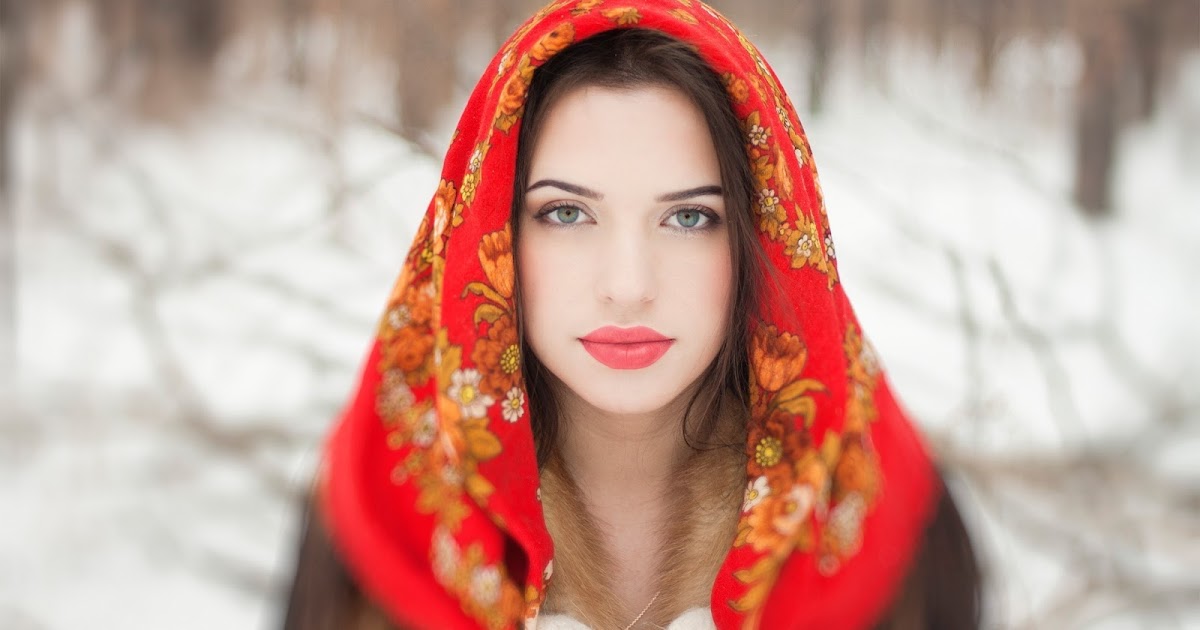The concept of a "Russian typical face" evokes images of diverse features, rich cultural backgrounds, and a tapestry of history. Russia, being the largest country in the world with a vast array of ethnicities, has a wide range of facial characteristics that define its people. The Russian typical face is not just a singular image; it encompasses a variety of looks and traits shaped by geography, climate, and cultural influences. This article delves into the elements that contribute to this fascinating concept and celebrates the unique diversity found within Russian society.
From the angular cheekbones often associated with Slavic descent to the warm, inviting eyes reflecting the heart of Russian hospitality, the Russian typical face offers a glimpse into the soul of its people. While some may think of a typical face as a standard or uniform appearance, the reality is far more complex and beautiful. Each face tells a story, influenced by the myriad of cultures that have interacted within Russia's expansive borders throughout history.
As we explore the characteristics of the Russian typical face, we will also consider how these features reflect the broader cultural identity of the nation. Through understanding the physical attributes and their cultural significance, we can appreciate the richness of Russian heritage and the diversity that makes it so captivating.
What Are the Distinctive Features of a Russian Typical Face?
The Russian typical face can be characterized by several distinctive features that vary widely across different regions and ethnicities. Here are some general traits commonly associated with this concept:
- High cheekbones
- Prominent jawlines
- Full lips
- Varied eye shapes, often with deep-set characteristics
- Hair color ranging from deep black to light blonde
How Do Historical Influences Shape the Russian Typical Face?
The evolution of the Russian typical face has been significantly influenced by the country's tumultuous history. Invasions, migrations, and the blending of different ethnic groups have played a crucial role in shaping the physical characteristics of the Russian populace. Here are some historical factors that have contributed:
- The Mongol invasion and its impact on the gene pool
- Interactions with neighboring countries and cultures
- Trade routes that facilitated cultural exchange
Are There Regional Variations in the Russian Typical Face?
Yes, regional variations exist, and they contribute to the rich diversity of the Russian typical face. For instance:
- In Siberia, indigenous populations exhibit distinct facial features influenced by their unique heritage.
- The Northern regions may show lighter skin tones and hair colors.
- Urban areas, especially in cities like Moscow and St. Petersburg, reflect a blend of influences due to immigration.
Who Are Some Celebrities Representing the Russian Typical Face?
Many celebrities embody the concept of the Russian typical face, showcasing the unique beauty and diversity of Russian features. A notable example is the internationally acclaimed model and actress, Irina Shayk. Her features are often celebrated as quintessentially Russian, representing a blend of various ethnic attributes.
| Personal Details | Bio Data |
|---|---|
| Name | Irina Shayk |
| Date of Birth | January 6, 1986 |
| Place of Birth | Yemanzhelinsk, Russia |
| Occupation | Model, Actress |
| Notable Works | Victoria's Secret, Sports Illustrated |
What Makes Irina Shayk a Representation of the Russian Typical Face?
Irina Shayk's features—such as her high cheekbones, expressive brown eyes, and full lips—are often cited as emblematic of the Russian typical face. Her striking looks have garnered attention on international runways and magazine covers, reinforcing the idea that Russian beauty transcends borders. Furthermore, Shayk's success story is a testament to the diverse cultural landscape in Russia that nurtures talent and beauty.
How Does Culture Influence Perceptions of the Russian Typical Face?
Cultural factors heavily influence how the Russian typical face is perceived both domestically and internationally. The appreciation of beauty standards varies across different cultures, and the Russian typical face is often celebrated for its uniqueness. Some cultural influences include:
- Folklore and traditional art that celebrate Slavic beauty
- Modern media representation in fashion, film, and art
- The impact of social media in shaping beauty trends
Can the Russian Typical Face Be Defined Simply by Ethnicity?
Defining the Russian typical face solely by ethnicity is a narrow approach. Russia is home to over 190 ethnic groups, each contributing to the nation’s vast facial diversity. While certain ethnic features may be prevalent, the true essence of the Russian typical face is found in its multifaceted nature. It reflects a blend of influences, characteristics, and stories that transcend ethnic boundaries.
What Role Does Climate Play in Shaping the Russian Typical Face?
Climate is another factor that has contributed to the evolution of the Russian typical face. The harsh winters and varying climates across Russia have influenced not only the physical attributes but also the lifestyle and culture of its people. For example:
- Thicker skin may develop in response to colder climates.
- Hair texture can vary as a result of weather conditions.
Conclusion: Embracing the Diversity of the Russian Typical Face
The concept of the Russian typical face is a celebration of diversity, heritage, and cultural richness. It serves as a reminder that beauty comes in many forms and is deeply rooted in history and identity. By understanding the distinctive features, historical influences, regional variations, and cultural significance, we gain a deeper appreciation for the Russian typical face and all that it represents. Ultimately, it’s not just about a singular image but a collective identity that embodies the essence of a vast and diverse nation.
Discovering The Flavors Of Christina's Deli Whitestone
Big Burger V Menu: A Culinary Showdown Of Flavor And Size
Exploring The Absence Of Vital Farms Eggs In NYC


